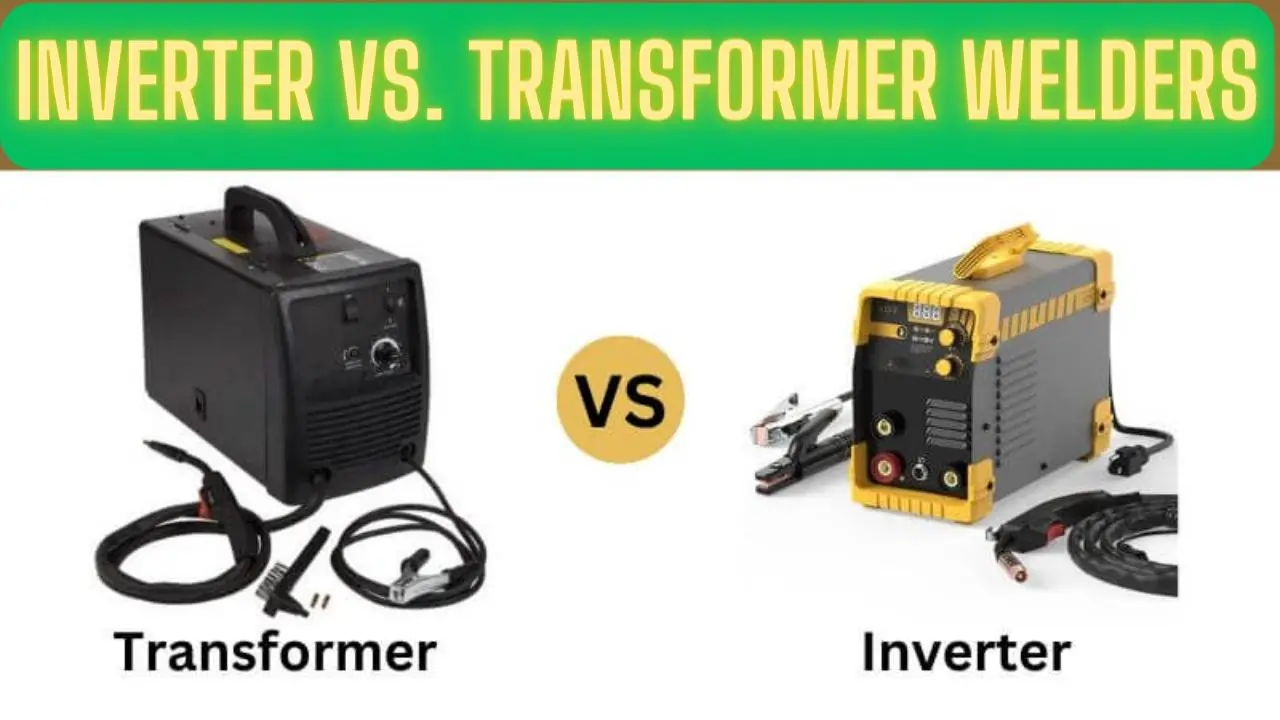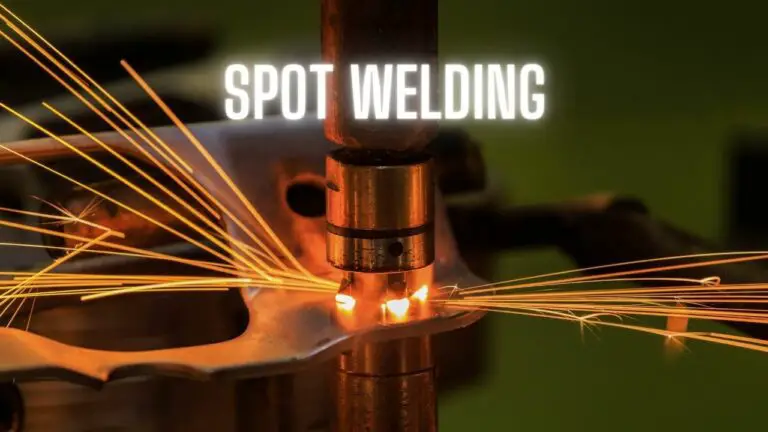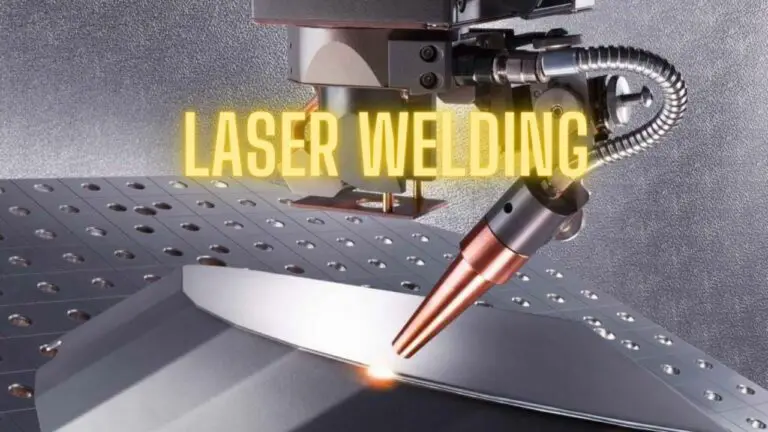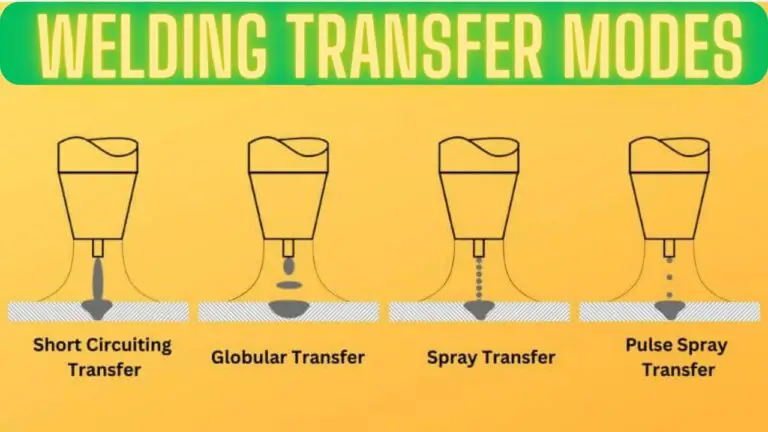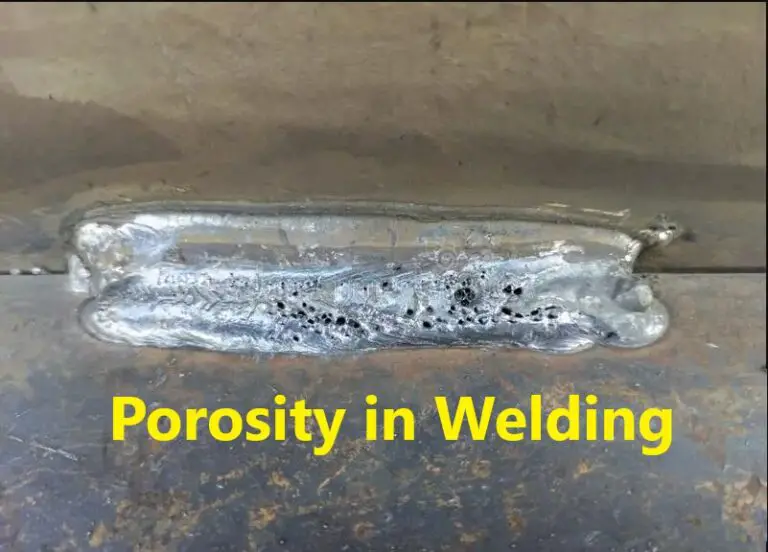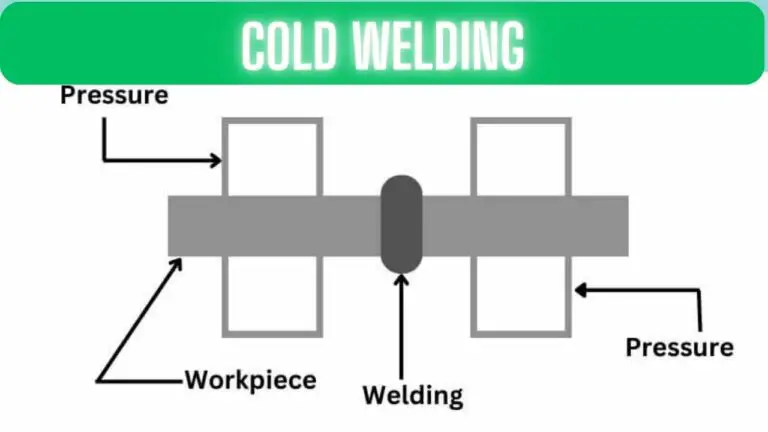Inverter vs. Transformer Welders: Making the Right Choice
Introduction
Welding is a versatile and essential process in various industries, from construction to manufacturing. When it comes to choosing a welding machine, one critical decision is whether to opt for an inverter welder or a transformer welder. In this article, we’ll compare these two types of welding machines, highlighting their differences, advantages, and typical applications to help you make an informed choice.
Inverter Welders:
1. Overview:
- Inverter welders use advanced electronics to convert AC power into DC power, which is then used for welding. They are compact and lightweight compared to traditional transformer welders.
2. Advantages:
- Portability: Inverter welders are highly portable and suitable for on-site jobs due to their compact size and reduced weight.
- Energy Efficiency: They are more energy-efficient, which means they consume less power while delivering the same welding performance.
- Weld Quality: Inverter welders offer better control over the welding arc, resulting in cleaner and more precise welds.
- Multi-Process Capability: Many inverter welders support multiple welding processes, such as Stick (SMAW), TIG (GTAW), and MIG/MAG (GMAW).
3. Typical Applications:
Inverter welders are versatile welding machines that utilize inverter technology to convert AC power into a stable DC output, offering several advantages over traditional welding machines. Here are some typical applications of inverter welders:
- Fabrication and Manufacturing:
- Inverter welders are widely used in fabrication shops and manufacturing facilities for welding various metal components, structures, and assemblies.
- They are suitable for welding carbon steel, stainless steel, aluminum, and other metals commonly used in fabrication and manufacturing processes.
- Construction and Infrastructure:
- Inverter welders are employed in construction projects for welding structural steel, beams, columns, and other building components.
- They are used in infrastructure projects such as bridges, highways, and pipelines for welding metal structures and support systems.
- Automotive Repair and Maintenance:
- Inverter welders are utilized in automotive repair shops and maintenance facilities for welding automotive frames, body panels, exhaust systems, and other metal components.
- They are capable of welding various automotive materials, including mild steel, high-strength steel, and aluminum alloys.
- Shipbuilding and Marine Fabrication:
- Inverter welders play a crucial role in shipbuilding yards and marine fabrication facilities for welding hulls, decks, bulkheads, and other ship components.
- They are used to weld marine-grade materials such as steel, aluminum, and other alloys used in shipbuilding and marine applications.
- Aerospace and Aviation:
- Inverter welders are utilized in aerospace manufacturing facilities for welding aircraft structures, engine components, and aerospace-grade materials.
- They are capable of welding aluminum, titanium, and other exotic materials used in aerospace and aviation applications.
- Maintenance and Repair Services:
- Inverter welders are used by maintenance technicians and repair professionals for onsite welding repairs and installations in various industries.
- They provide portability and versatility, allowing for welding operations in remote locations and challenging environments.
- Artistic and Decorative Welding:
- Inverter welders are employed by artists and craftsmen for creating artistic and decorative metalwork, sculptures, furniture, and architectural features.
- They offer precise control over welding parameters, allowing for intricate and detailed welds with aesthetically pleasing results.
- DIY and Hobbyist Projects:
- Inverter welders are popular among DIY enthusiasts and hobbyists for welding projects in home workshops and garages.
- They are used for welding metal furniture, garden structures, automotive repairs, and other DIY applications.
Inverter welders offer versatility, portability, and superior arc stability, making them suitable for a wide range of applications across various industries. With their advanced features and capabilities, inverter welders continue to be a preferred choice for professional welders, hobbyists, and DIYers alike.
4. How Does An Inverter Welder Work?
An inverter welder, also known as an inverter-based welding machine, is a type of welding equipment that operates on the principle of inverter technology. It converts high-frequency AC (alternating current) power from the electrical grid into DC (direct current) power and then uses this DC power to produce the welding arc. Here’s a detailed explanation of how an inverter welder works:
1. Input Power:
- The inverter welder is connected to an external power source, typically a standard electrical outlet or generator, which supplies AC power at a fixed frequency.
2. Rectification:
- The incoming AC power is first rectified, meaning it is converted from AC to DC. This is typically achieved using diodes, which allow current to flow in only one direction (DC). As a result, the negative and positive halves of the AC waveform are separated, producing a continuous DC voltage.
3. Inverter Circuit:
- The DC voltage is then fed into the inverter circuit. The inverter circuit is the core component of the inverter welder, and it uses electronic switches (usually insulated gate bipolar transistors or IGBTs) to rapidly switch the DC voltage on and off at high frequencies, often in the range of 20,000 to 100,000 Hz (20 kHz to 100 kHz).
4. High-Frequency Transformation:
- The rapid switching of the DC voltage through the inverter circuit produces a high-frequency, pulsed DC output. This high-frequency voltage is then passed through a transformer or inductor, which steps it up to the desired welding voltage.
5. Output Control:
- The inverter welder provides controls for adjusting the welding current and voltage to match the specific welding requirements. These controls allow welders to select the appropriate settings for the type of welding they are performing and the thickness of the materials they are welding.
6. Welding Circuit:
- The high-frequency, pulsed DC voltage is then supplied to the welding circuit, which includes the welding electrode or wire and the workpiece. When the welding electrode or wire comes into contact with the workpiece, an electric arc is established.
7. Arc Generation:
- The electric arc generates extremely high temperatures at its core, melting both the welding electrode (for stick welding) or the filler wire (for MIG and TIG welding) and the base metals being joined.
8. Welding Process:
- The molten material from the electrode or filler wire is deposited onto the workpiece, forming a weld bead as it cools and solidifies. The welding process is controlled by the welder’s manipulation of the welding gun or electrode holder, as well as the settings on the inverter welder.
9. Advanced Control and Feedback:
- Inverter welders often include advanced features like pulse welding, pre-set welding programs, and feedback mechanisms to enhance weld quality and control.
Transformer Welders:
1. Overview:
- Transformer welders, also known as conventional welders, use a transformer to change the voltage from the power source to the desired welding output voltage. They tend to be larger and heavier compared to inverter welders.
2. Advantages:
- Durability: Transformer welders are known for their durability and longevity, making them suitable for heavy-duty applications.
- Stability: They provide stable welding output, which can be advantageous for certain welding processes.
- Cost: Transformer welders are often more budget-friendly upfront, making them a choice for those with cost constraints.
3. Typical Applications:
Transformer welders, also known as conventional or traditional welders, have been a staple in welding for many years. Despite the rise of inverter technology, transformer welders still find applications in various industries. Here are some typical applications of transformer welders:
- Heavy Fabrication:
- Transformer welders are commonly used in heavy fabrication industries for welding thick metal plates, beams, and structures.
- They are well-suited for applications such as shipbuilding, bridge construction, and heavy machinery fabrication.
- Construction:
- Transformer welders are used in construction projects for welding steel structures, columns, and beams.
- They are often employed in building construction, infrastructure projects, and civil engineering applications.
- Automotive Repair and Maintenance:
- Transformer welders find applications in automotive repair shops and garages for welding automotive frames, body panels, and exhaust systems.
- They are used for both light-duty and heavy-duty automotive welding tasks.
- Agricultural Equipment Repair:
- Transformer welders are utilized in agricultural equipment repair and maintenance for welding farm machinery, equipment frames, and components.
- They are commonly used in agricultural workshops and repair facilities.
- Pipe Welding:
- Transformer welders are employed in pipe welding applications, including pipeline construction, repair, and maintenance.
- They are used for welding pipes made of carbon steel, stainless steel, and other alloys.
- Structural Steel Fabrication:
- Transformer welders are used in structural steel fabrication shops for welding beams, columns, and trusses.
- They are commonly employed in steel fabrication industries for manufacturing structural components.
- Metalworking Workshops:
- Transformer welders find applications in metalworking workshops and small-scale manufacturing facilities for various welding tasks.
- They are used for welding metal furniture, equipment frames, and other metal products.
- DIY and Hobbyist Projects:
- Transformer welders are popular among DIY enthusiasts and hobbyists for welding projects in home workshops and garages.
- They are used for welding metal artwork, sculptures, garden structures, and other DIY projects.
While transformer welders may not offer the same level of portability and advanced features as inverter welders, they remain a reliable and cost-effective solution for many welding applications, especially in industries that require high power and heavy-duty welding capabilities.
4. How Does a Transformer Welder Work?
A transformer welder, also known as a conventional welder, operates on the principle of electromagnetic induction. It uses a transformer to change the voltage from the power source to the desired welding output voltage. Here’s how a transformer welder works:
1. Input Power:
- The welding machine is connected to an external power source, typically the electrical grid or a generator. This source provides the necessary input power, usually at a higher voltage.
2. Step-Down Transformer:
- The heart of the transformer welder is a step-down transformer. This transformer consists of two coils of wire: a primary coil (input) and a secondary coil (output).
- The primary coil is connected to the input power source, where it receives the higher voltage electricity. The secondary coil is connected to the welding circuit.
3. Voltage Transformation:
- The primary coil, which has more turns of wire, creates a magnetic field when electricity flows through it. This magnetic field induces an electromotive force (EMF) or voltage in the secondary coil, which has fewer turns of wire.
- The number of turns in the coils determines the ratio of input voltage to output voltage. The primary coil has more turns, resulting in a step-down of voltage in the secondary coil.
4. Voltage Adjustment:
- Transformer welders often have a voltage control knob or dial that allows the welder to adjust the output voltage to the desired level. This adjustment is critical as it determines the welding current and heat produced during the welding process.
5. Welding Circuit:
- The output voltage from the secondary coil is then supplied to the welding circuit, which typically includes an electrode holder (for stick welding) or a welding gun (for MIG and TIG welding).
- The welding circuit completes the electrical path between the welding machine and the workpiece, allowing the welding current to flow through the electrode or wire to create an arc.
6. Welding Process:
- When the welding current flows through the electrode or wire, it encounters resistance at the point where it contacts the workpiece. This resistance generates intense heat, causing the electrode or wire to melt and form an electric arc.
- The electric arc is used to heat the base metals being joined, allowing them to melt and fuse, creating the weld bead.
7. Electrode or Filler Material:
- Depending on the welding process (stick, MIG, TIG), an electrode or filler material may be used to add material to the weld joint and facilitate the welding process.
8. Welding Control:
- The welder controls the welding process by adjusting the voltage, current, and welding speed as needed to achieve the desired weld quality and appearance.
Differences Between Inverter Welders and Transformer Welders
Inverter welders and transformer welders are two distinct types of welding machines, each with its own set of characteristics and advantages. Here are the key differences between these two types of welders:
1. Technology:
- Inverter Welders: Inverter welders use advanced electronics and high-frequency switching to convert AC power from the electrical grid into DC power for welding. This technology allows for precise control and efficient power conversion.
- Transformer Welders: Transformer welders use a traditional transformer to change the voltage from the power source to the desired welding output voltage. They rely on electromagnetic induction.
2. Size and Portability:
- Inverter Welders: Inverter welders are typically smaller and more compact than transformer welders. They are lightweight and highly portable, making them suitable for on-site and remote welding jobs.
- Transformer Welders: Transformer welders are larger and heavier due to the bulk of the transformer components. They are less portable and are better suited for stationary workshop use.
3. Energy Efficiency:
- Inverter Welders: Inverter welders are highly energy-efficient because they convert power more efficiently and consume less electricity compared to transformer welders.
- Transformer Welders: Transformer welders are less energy-efficient, as they tend to have higher power losses during the conversion process.
4. Welding Control:
- Inverter Welders: Inverter welders offer precise control over welding parameters, such as current and voltage. They often include advanced features like pulse welding, waveform control, and programmable settings.
- Transformer Welders: Transformer welders provide basic control over welding parameters but may not offer the same level of precision and flexibility as inverter welders.
5. Versatility:
- Inverter Welders: Inverter welders are versatile and can often support multiple welding processes, including Stick (SMAW), TIG (GTAW), and MIG/MAG (GMAW), depending on the model.
- Transformer Welders: Transformer welders are typically designed for specific welding processes and may not offer as much versatility in terms of the welding methods they support.
6. Cost:
- Inverter Welders: Inverter welders tend to be more expensive upfront due to their advanced technology and features. However, their energy efficiency can result in long-term cost savings.
- Transformer Welders: Transformer welders are generally more affordable in terms of initial purchase price but may have higher operating costs over time.
7. Durability:
- Inverter Welders: Inverter welders are known for their durability and reliability, provided they are used within their specified limits. They are less susceptible to damage from power fluctuations.
- Transformer Welders: Transformer welders are also durable but may be more susceptible to damage from power surges and fluctuations.
Choosing Between Inverter and Transformer Welders:
1. Portability:
- If portability is crucial for your work, an inverter welder is the better choice due to its lightweight and compact design.
2. Energy Efficiency:
- If you want to save on energy costs and reduce your environmental footprint, an inverter welder is more energy-efficient.
3. Weld Quality:
- For applications requiring high-quality, precise welds, an inverter welder is the preferred option due to its superior arc control.
4. Budget and Durability:
- If you have budget constraints and require a durable and robust machine for heavy-duty work, a transformer welder may be the better choice.
Inverter vs. Transformer Welders FAQS
What is the main difference between inverter welders and transformer welders?
- The primary difference lies in their technology. Inverter welders use advanced electronics and high-frequency switching to convert AC power into DC power for welding, while transformer welders use traditional transformers for voltage conversion.
Are inverter welders more energy-efficient than transformer welders?
- Yes, inverter welders are generally more energy-efficient. They convert power more efficiently and consume less electricity compared to transformer welders.
Which type of welder is more portable?
- Inverter welders are more portable due to their compact size and lightweight design. They are often favored for on-site and remote welding jobs.
Can inverter welders support multiple welding processes?
- Yes, many inverter welders are versatile and can support multiple welding processes, including Stick (SMAW), TIG (GTAW), and MIG/MAG (GMAW), depending on the model.
Are transformer welders more budget-friendly?
- Transformer welders tend to have a lower upfront purchase price, making them more budget-friendly initially. However, their operating costs may be higher due to lower energy efficiency.
Do inverter welders offer better control over welding parameters?
- Yes, inverter welders typically offer precise control over welding parameters, such as current and voltage. They often include advanced features like pulse welding and programmable settings.
Which type of welder is more durable?
- Both inverter and transformer welders can be durable if used within their specified limits. However, inverter welders are known for their reliability, and they are less susceptible to damage from power fluctuations.
Can transformer welders handle power surges better?
- Transformer welders may be more robust in handling power surges and fluctuations due to their simpler technology. However, inverter welders are also designed with protection mechanisms to safeguard against power issues.
Which type of welder is better for heavy-duty industrial applications?
- Transformer welders are often chosen for heavy-duty industrial applications due to their robustness and stability. They can handle thicker materials and heavy structures effectively.
Are inverter welders suitable for beginners?
- Inverter welders can be suitable for beginners, especially models with user-friendly controls and settings. Their precise control and ease of use can be advantageous for learners.
Can transformer welders perform high-quality welding?
- Transformer welders can produce high-quality welds, but the level of control and precision may be lower compared to inverter welders.
Conclusion
In conclusion, the choice between an inverter welder and a transformer welder depends on your specific welding needs, budget, and portability requirements. Both types of welders have their strengths, and the decision should align with the demands of your welding projects.

